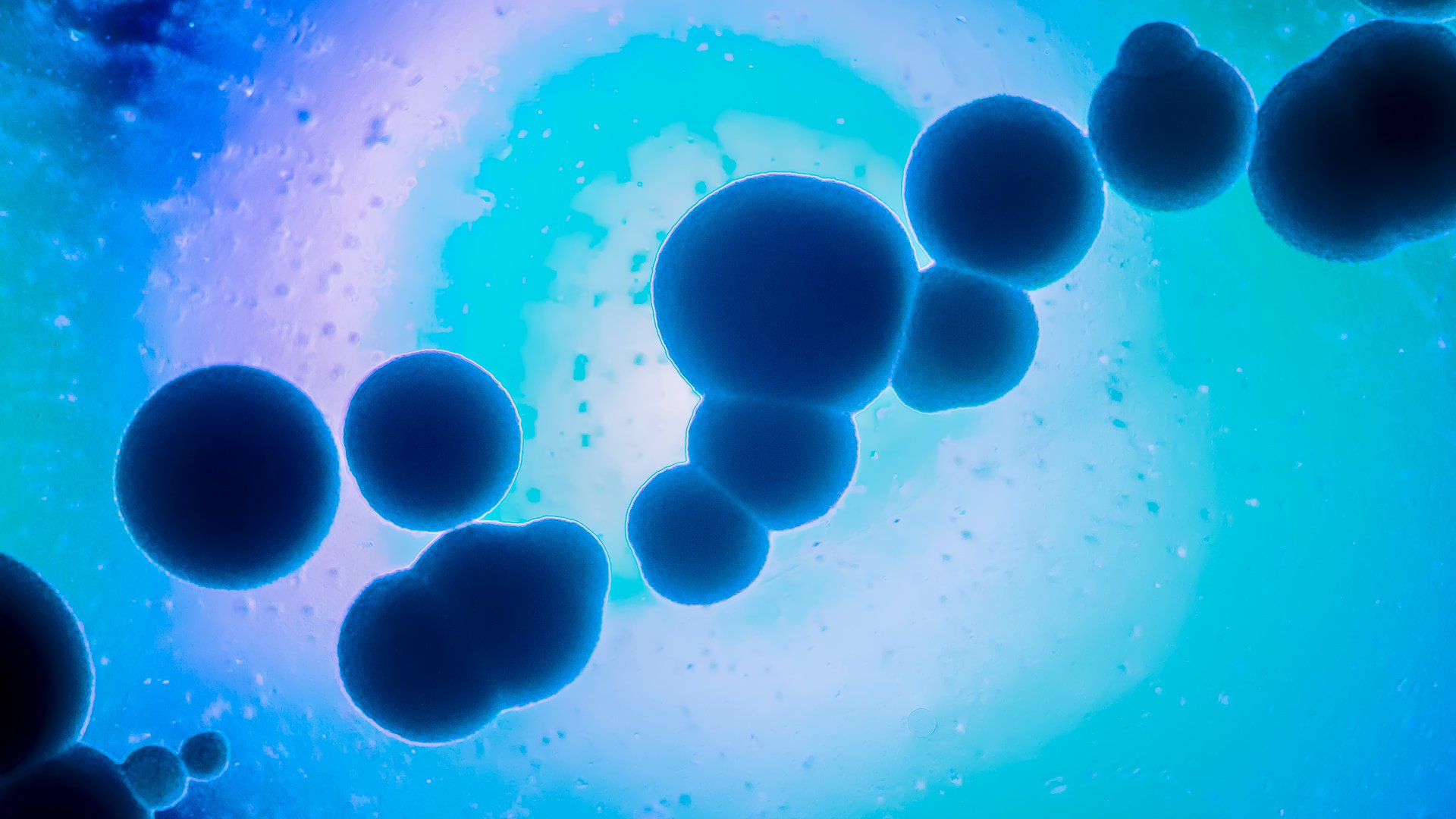S. boulardii has been used as a remedy for diarrhoea since 1950. The yeast generally has a beneficial effect on the gut. Nowadays S. boulardii is also available as a food supplement.
S. boulardii has been used as a remedy for diarrhoea since 1950. The yeast generally has a beneficial effect on the gut. Nowadays S. boulardii is also available as a food supplement.
Not a bacterium
Under a microscope S. boulardii looks similar to bacteria. Both yeasts and bacteria are unicellular and some bacteria are oval, just like yeasts. Both can reproduce asexually. The unicellular organism copies itself by splitting in two. This results in two exact copies of the same cell.
Yeasts are not bacteria however. It is a fungus. Fungi belong to eukaryotes, organisms with a nucleus. Bacteria lack a nucleus, which makes them prokaryotes. Another difference is the size of the cell. Yeasts are much larger and can be easily seen under a microscope. Bacteria would appear as small specks only.
Budding
Yeasts can multiply by means of budding. This is a type of asexual reproduction where the microbe copies itself. When budding, a bulge (or bud) starts to form on one end of the mother cell, Then the nucleus splits itself, with one half moving to the newly formed bud. After the nucleus is in place, the bud closes itself from the mother cell, creating a new, independent, daughter cell.
Under optimal conditions budding can take place every 90 minutes. S. boulardii grows best at 30⁰C. It can endure lower and higher temperatures, but the rate of growth will be lower. Yeast can survive very well in your gut (37 degrees Celsius). The very high temperatures used in pasteurisation (65 degrees Celsius) and sterilisation (in excess of 100 degrees Celsius) are lethal to S. boulardii.
Baker's yeast cousin
S. boulardii is closely related to S. cerevisiae, better known as baker's yeast. Adding something to make dough rise is a necessity when baking bread. Whithout some leavening the dough stays very compact, with a very flat and hard bread as a result. A sourdough starter or yeast are usually added to make bread light and airy. Baker's yeast turns the sugars in the dough into alcohol and carbon dioxde. The alcohol evaporates when the bread is baked and the carbon dioxde makes the bread airy.

